How AI is Re-shaping the Creative Industry.
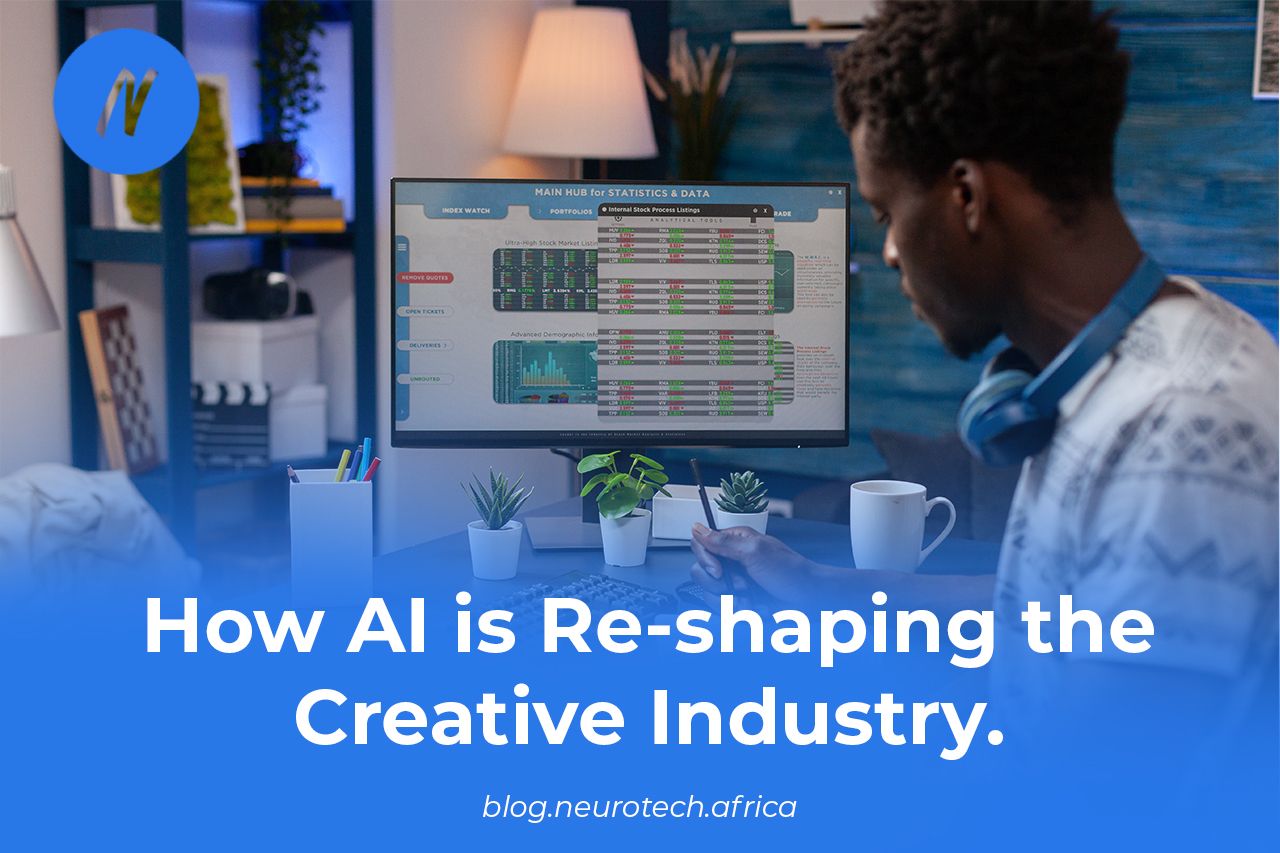
Artificial intelligence (AI) is already here, and it is rapidly changing the creative industry in many ways. In this article, we will explore how AI is reshaping the creative industry by discussing the AI tools used and the impact that AI brings to the creative industry.
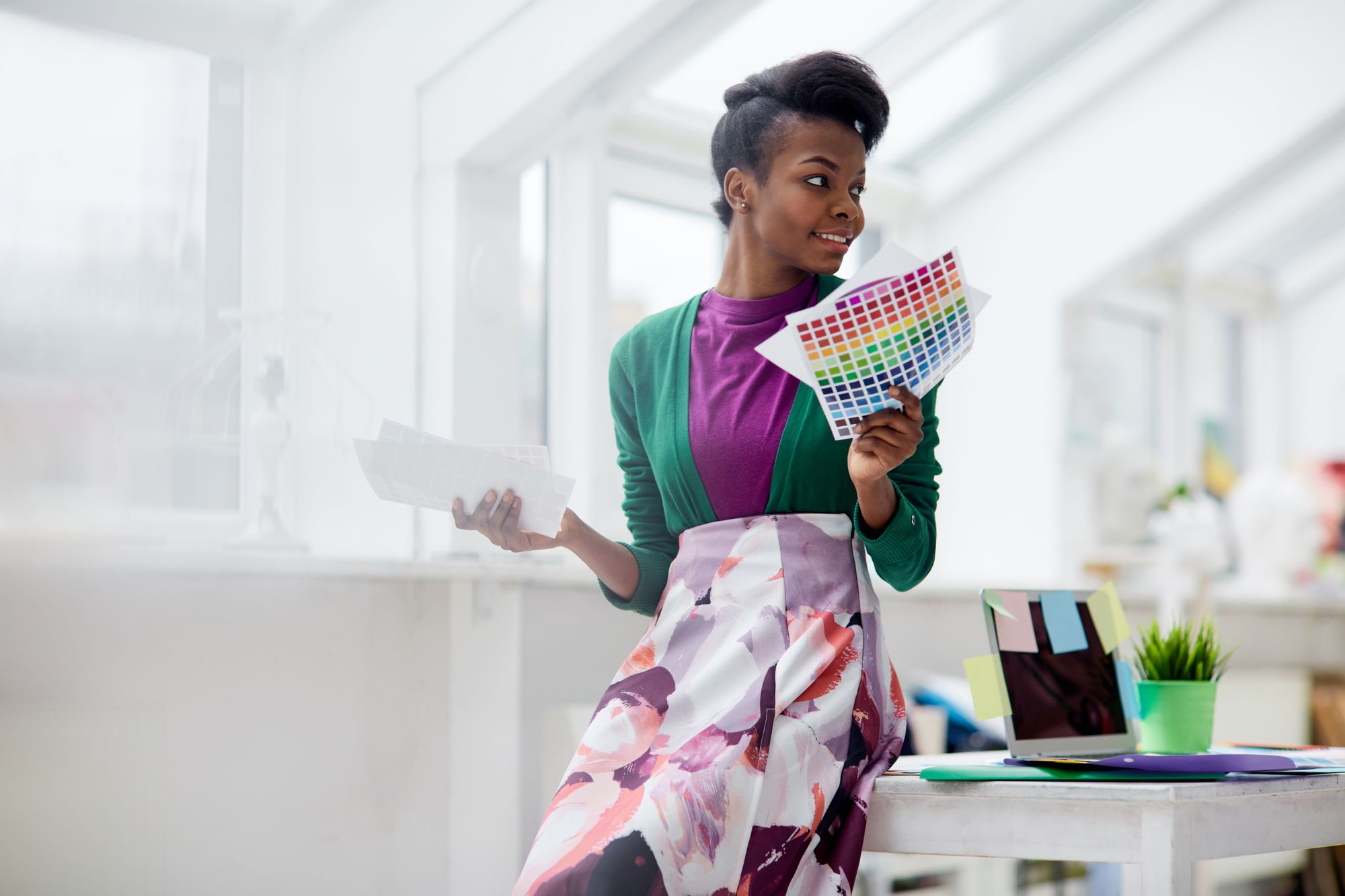
What is the creative industry?
The creative industry is a broad term that encompasses all of the industries that are involved in the creation of new ideas, content, and experiences. This includes industries such as art, design, fashion, music, film, and television.
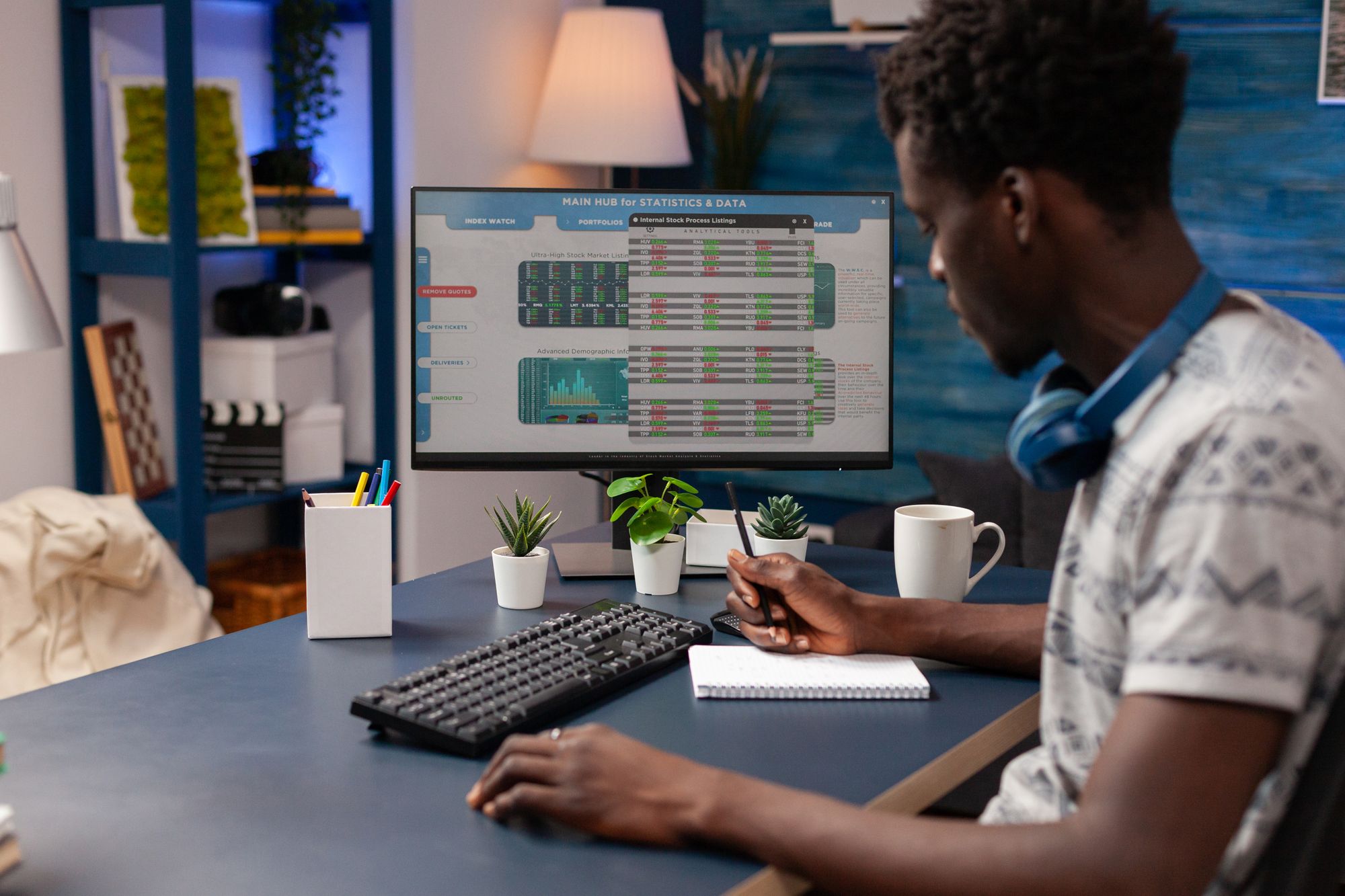
The creative industries are a major economic driver, generating billions of dollars in revenue each year. They are also a source of innovation and creativity, and they play an important role in shaping our culture and society.
How is AI reshaping the creative industry?
AI is having a major impact on the creative industry in a number of ways. For example, AI is being used to:
1. Automate creative tasks.
This frees up human creatives to focus on more strategic and conceptual tasks. For example, AI can be used to generate text, chatbots, images, and music, which can then be used by creatives to create new works.
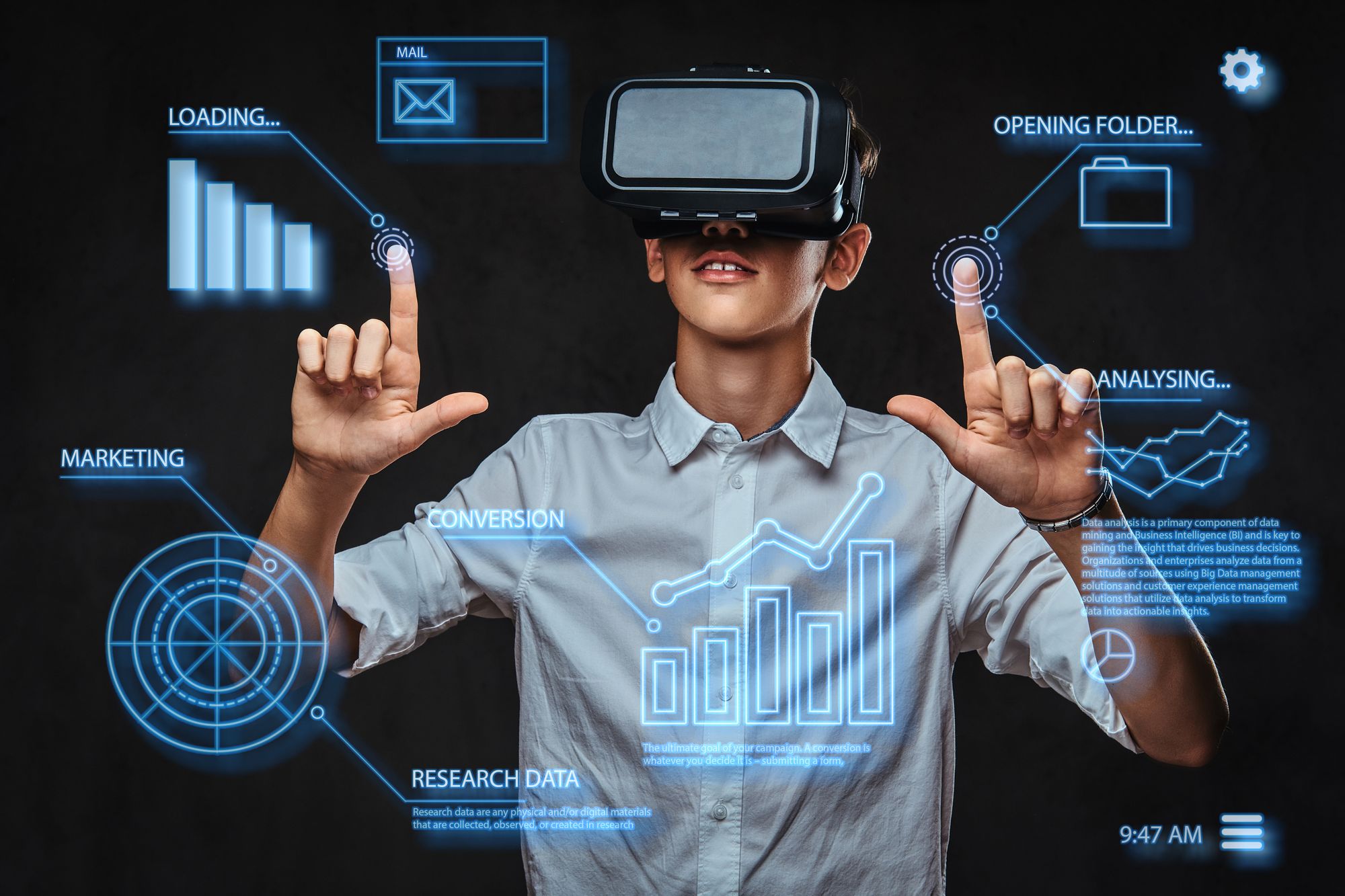
Speaking of generating text, there are numerous AI tools used to generate text, and some such tools are ChatGPT, JasperAI, WriteSonic, and Copy.ai. These mentioned tools can be used for Copywriting, Script writing, Poem writing, and writing marketing copies.
Some AI tools used to generate images are Midjourney, Canva AI, Dall-E, and JasperArt.
One of the most efficient tools used by creators to create chatbots is SARUFI AI, which is actually a platform that helps developers build creative and innovative chatbots for free, this tool helps build chatbots and integrate them with messaging platforms like WhatsApp and Telegram without worrying about the complexities of natural language processing.
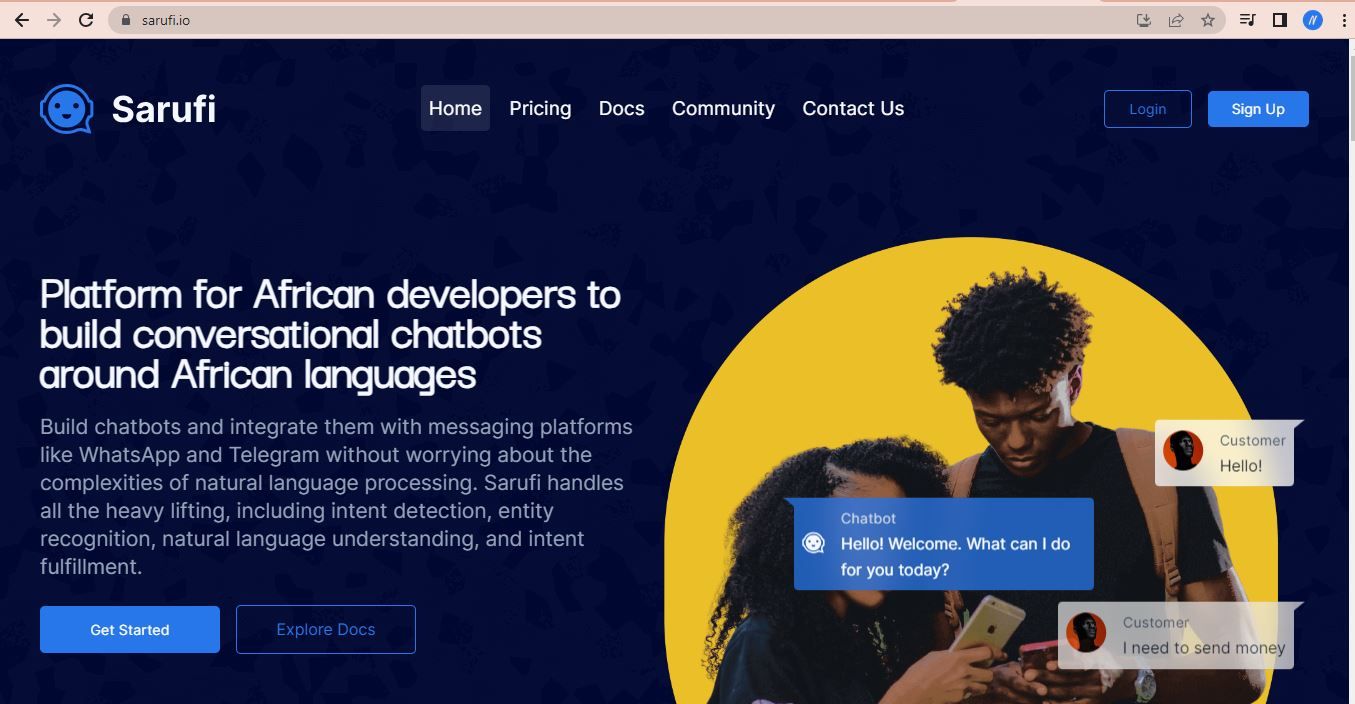
2. Help creatives make better decisions.
AI can analyze data to identify trends and patterns, which help creatives make more informed decisions about their work. For example, AI can be used to analyze sales data to determine what products are most popular, or to analyze social media data to identify what content is most engaging.
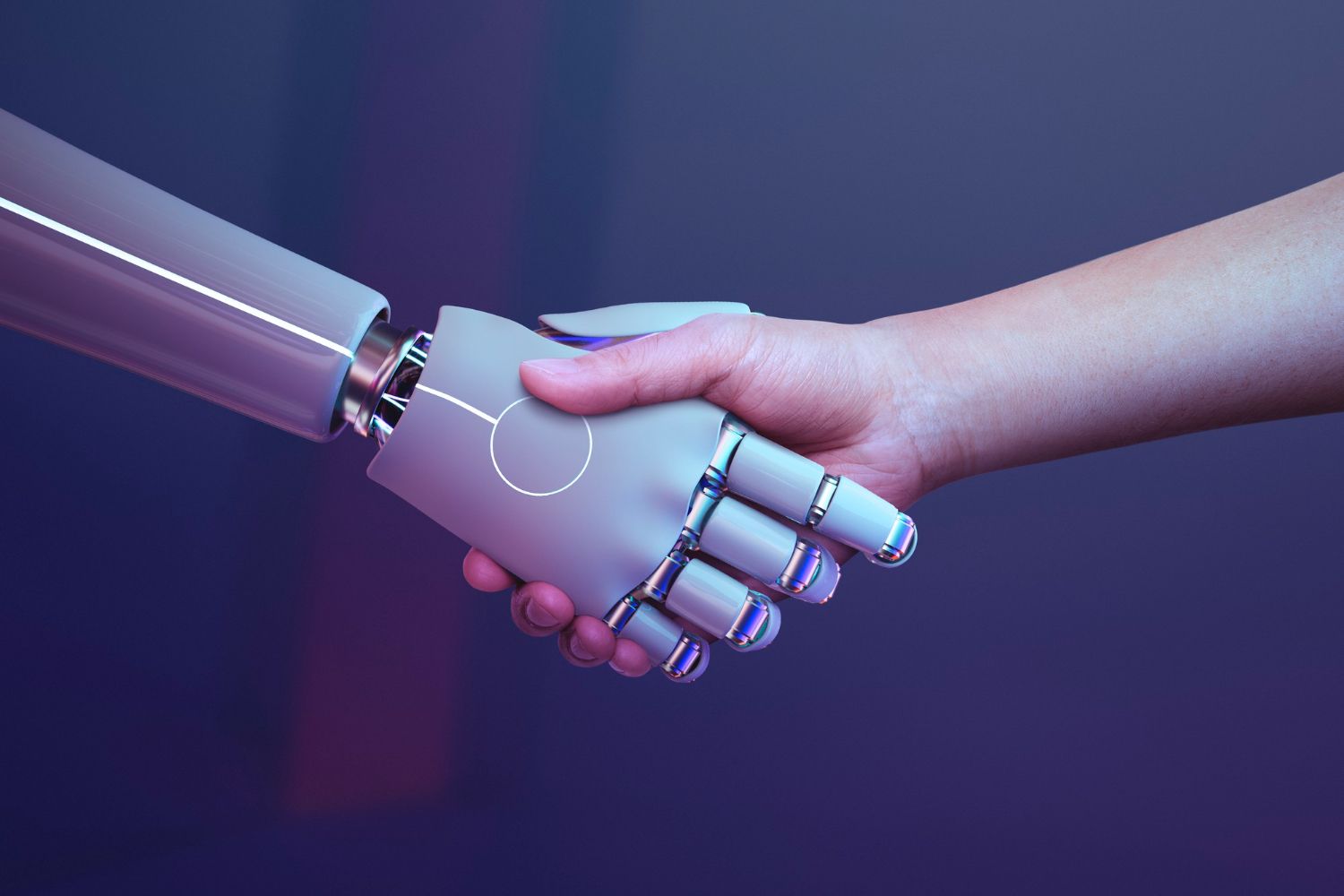
3. Create new forms of Art and Entertainment.
AI can be used to generate new ideas and concepts, which can then be used to create new works of art and entertainment. For example, AI has been used to create AI-generated paintings, music, and even films. These new forms of art and entertainment produce very creative and unique outputs that may take lots of time for a human to create.
Here are some specific examples of how AI is being used to create new forms of art and entertainment:
- In the art world, AI is being used to create new paintings, sculptures, and even installations. For example, the company DeepDreamer uses AI to create paintings that are inspired by human dreams.
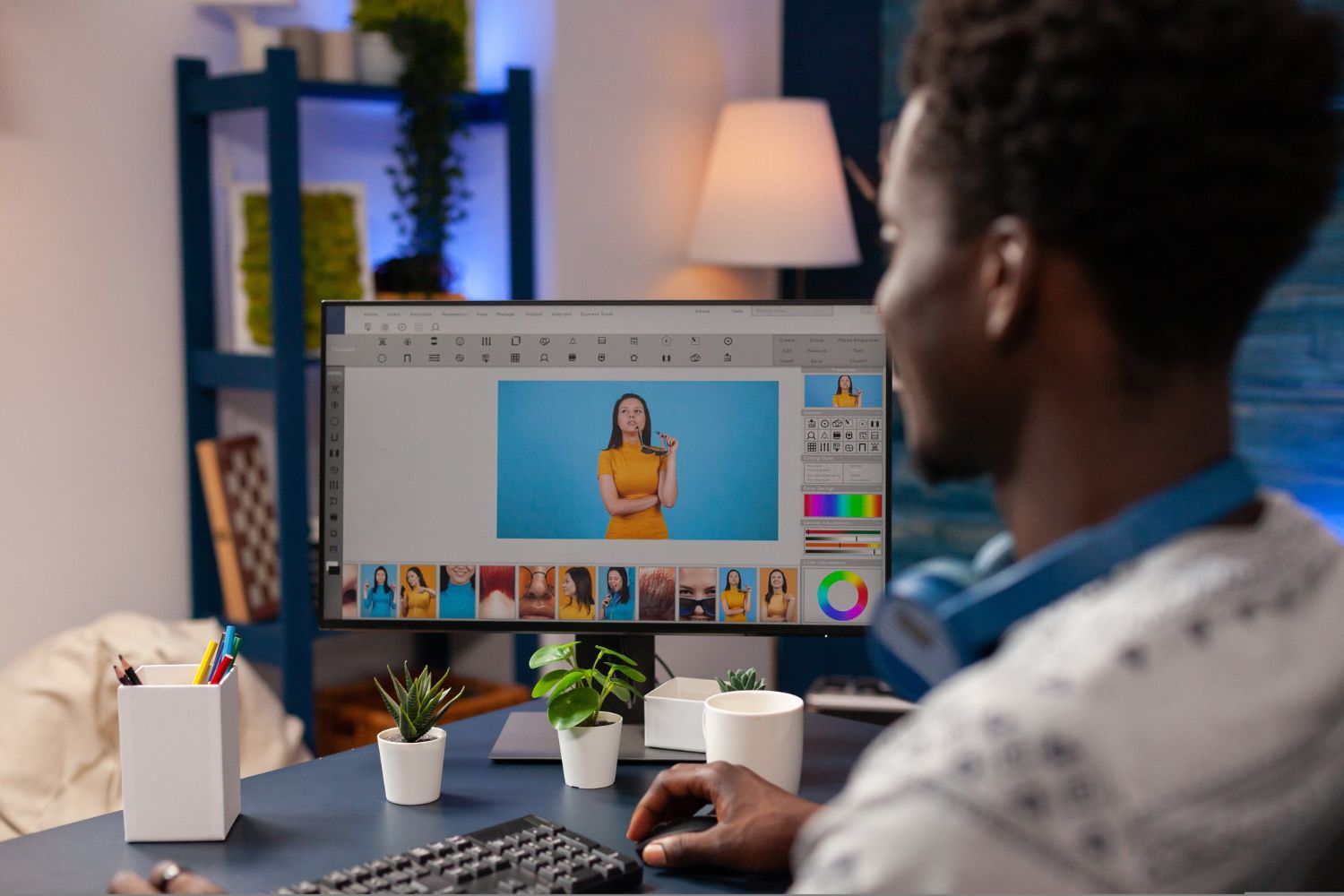
- In the music world, AI is being used to generate new songs, write lyrics, and even compose music. For example, the company Amper Music uses AI to generate new songs based on a user's input.
- In the film world, AI is being used to create special effects, generate realistic backgrounds, and even write scripts. For example, the company Imagination Machines uses AI to create realistic backgrounds for films.
4. Enhance the creative process.
AI-powered tools can assist creatives in brainstorming, ideation, and conceptualization. These tools can provide suggestions, and recommendations, and even generate new ideas based on data analysis and patterns. This can lead to more innovative and unique creations.
Take an example of the Sarufi.io feature that simply helps its users to build chatbots from a knowledge base by just uploading a relevant document and the chatbot is then generated to respond according to the knowledge provided in the document.
5. Personalize content and experiences.
“ AI personalization refers to using AI technologies such as machine learning and deep learning to create curated and personalized experiences for users of a given product or service.”
AI allows for personalized content creation and delivery, catering to the preferences and interests of individual consumers. By analyzing user data and behavior, AI can tailor content, advertisements, and user experiences, leading to higher engagement and customer satisfaction.
6. Improve content curation and recommendation.
AI-powered recommendation systems are transforming the way content is curated and delivered to audiences. Streaming platforms, social media, and content distribution channels use AI algorithms to suggest relevant content to users, increasing user retention and consumption.
7. Enhance post-production and editing.
AI is being utilized in post-production processes, such as video editing and special effects. AI algorithms can automate tedious tasks like color correction, and image stabilization, and even add visual effects, speeding up the editing process and enhancing the overall quality of the content.
For example, Adobe released the first two members of its new Firefly collection of generative AI tools for beta testing. The first tool creates an image based on a text prompt like "fierce alligator leaping out of the water during a lightning storm," with hundreds of styles that can tweak results. The other applies prompt-based styles to text, letting people create letters that look hairy, scaly, mossy, or however else they want.
8. Virtual and augmented reality applications.
AI is playing a crucial role in developing immersive virtual and augmented reality experiences. From creating realistic virtual environments to enhancing AR overlays, AI technologies are pushing the boundaries of creativity in the gaming, entertainment, and marketing sectors.
Examples of AI tools used in VR are, AI Reality, Luma AI, Future Tools and Robovision
9. Copyright protection and content identification.
AI-powered tools are helping artists and creatives protect their intellectual property by identifying and flagging copyright infringements across various platforms. These tools use image and audio recognition algorithms to detect unauthorized use of content.
10. Predictive analytics for creative projects.
AI analytics can forecast the success of creative projects, such as movies, music albums, and advertising campaigns. By analyzing historical data and market trends, AI can provide insights into the potential performance of a project before its release, helping creators make more informed decisions.
11. Improving accessibility in the creative industry.
AI technologies are being employed to create content that is more accessible to individuals with disabilities. AI-driven captioning, audio descriptions, and sign language interpretation are examples of how AI is contributing to a more inclusive creative industry.
12. Collaborative creativity.
AI-powered collaboration tools are emerging, allowing multiple creatives to work together seamlessly. These tools can facilitate idea sharing, feedback, and iteration, streamlining the creative workflow and encouraging teamwork.
Now as after we have recognized the ways in which AI is really reshaping the creative industry, let us also check on the benefits of using AI in the Creative industry:
1. Increased productivity: AI can automate tasks that were previously performed by humans, such as generating text, images, and music. This can free up creatives to focus on more creative tasks.
2. Improved decision-making: AI can analyze data to identify trends and patterns, which can help creatives make more informed decisions about their work.
3. New possibilities: AI can be used to create new forms of art and entertainment that were not possible before.
4. Improved customer engagement: AI can be used to personalize customer experiences, which can lead to increased engagement and loyalty.
5. Reduced costs: AI can help businesses to save money on costs such as labor and research.
AI is having a major impact on the creative industry, and there are many potential benefits to using AI in this space. However, there are also some challenges that businesses need to be aware of before implementing AI-powered creative solutions.
Overall, the potential benefits of using AI in the creative industry are significant. By using AI, businesses can gain a better understanding of their customers, personalize their experiences, and improve their bottom line. Businesses that are early adopters of AI in the creative industry will be well-positioned to gain a competitive advantage.
If you are interested in learning more about how AI can be used in the creative industry, I encourage you to be one of our community member by contacting us at info@neurotech.africa.
Thank you for reading!
